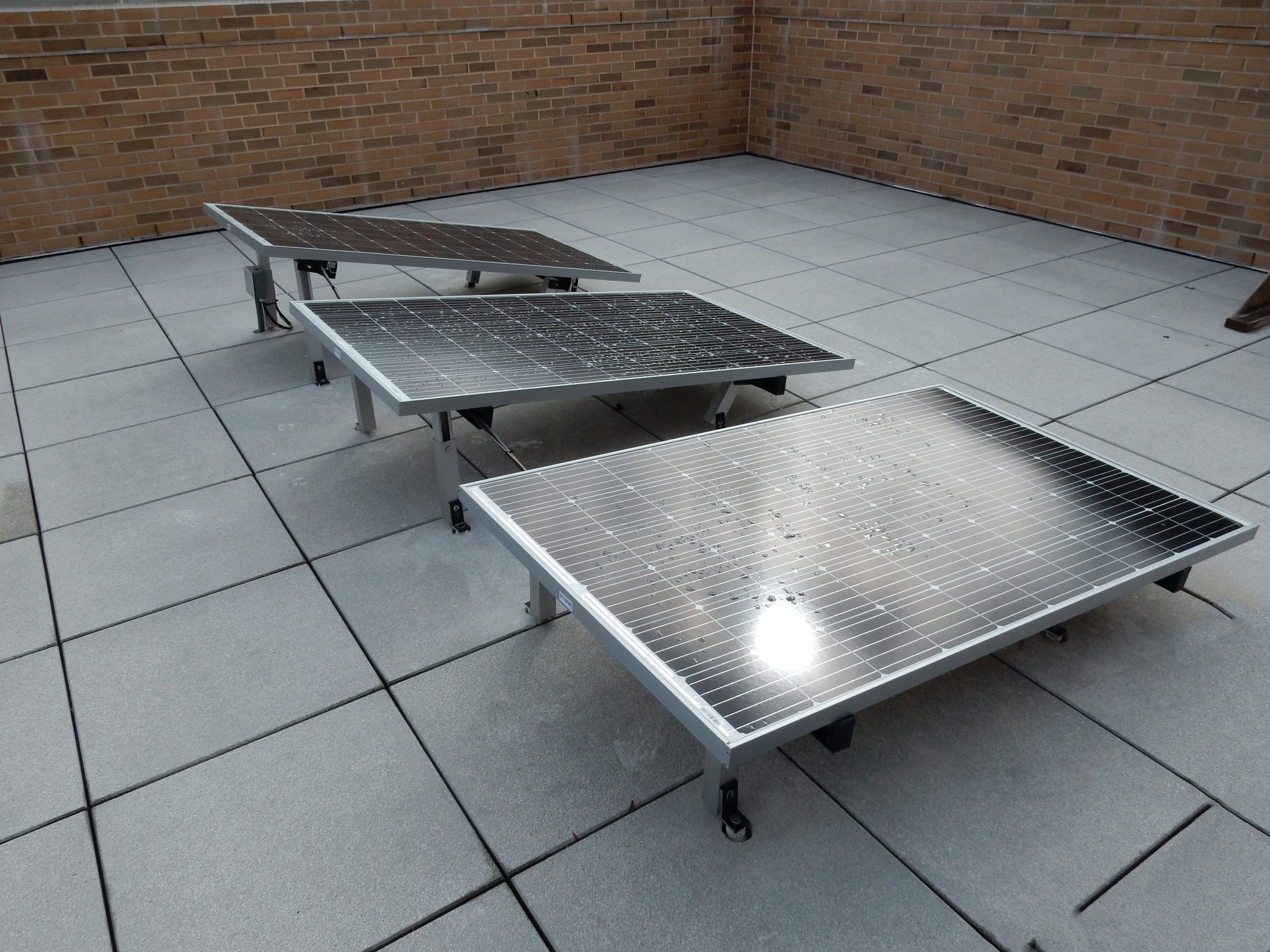Solar panels have many benefits such as being the cheapest renewable energy source among many others. Renewable energy sources have come a long way in the last few years and now they are being made more efficiently and are cheaper. However, have you ever wondered how solar panels are made? Answering that question means understanding how solar energy works, how solar panels are made, and what solar panels are composed of.
Trust the professionals at Prospect Solar to help you with your solar panel installation in Northern Virginia. They will help you determine which type of solar panel would be best for you and your budget while safely installing your solar panels. Here’s the information about how solar panels are made:
How Do Solar Panels Work?
A standard solar panel consists of a layer of silicon cells, a metal frame, a glass casing, and various wiring to allow current to flow from the silicon cells. Silicon, atomic number 14 on the periodic table, is a nonmetal with conductive properties that gives it the ability to absorb and convert sunlight into electricity. The photovoltaic effect is when light photons travel from the sun and interact with a silicon cell. The silicon cell then knocks electrons free from atoms. Which causes the electrons to be set into motion initiating a flow of electric current. This electric current is used to power your home, business, or community.
Types of Solar Panels
Silicon comes in several cell structures: single cell (monocrystalline), polycrystalline or amorphous forms.
Traditional solar cells are made from Monocrystalline silicon, are usually flat-plate and are the most efficient. The manufacturing process involves cutting individual wafers of silicon that can be affixed onto a solar panel. Producing individual monocrystalline wafers is labor-intensive, and consequently, they are more expensive to manufacture. Monocrystalline cells are black and sleek in appearance.
Polycrystalline silicon cells are formed in a large block, cut into wafers, and have a blue hue. They are produced by melting multiple silicon crystals together. Many silicon molecules are melted and then re-fused together into the panel itself. Polycrystalline cells are less efficient and less expensive than monocrystalline cells.
Second-generation solar cells are made from amorphous silicon which is non-crystalline. These panels are attached to a substrate like glass, plastic or metal. They are generally only a few micrometers thick and are bendable, and are also ideal for rooftop shingles and tiles, building facades, or the glazing for skylights because of their flexibility. Though an ideal use case for versatility, amorphous solar cells are very inefficient compared to mono or polycrystalline cells.
What Are The Components of Solar Panels?
In addition to the silicon cells, there is a glass casing front panel to add durability and protection for the silicon panel. Under the glass exterior, the panel has a casing for insulation and a protective back sheet, which helps to limit heat dissipation and humidity inside the panel. The insulation is crucial because the temperature increase will lead to decreased efficiency, resulting in a lower solar panel output.
Choose Prospect Solar for A Professional Solar Panel Installation in Northern Virginia
Prospect Solar can assist you with any further questions that you might have about solar panel installation in Northern Virginia. To improve your home, business, or community, we provide professional and quality solar power systems just for you. We are dedicated to keeping a sustainable environment while providing a means for residents and businesses to attain and use renewable energy. Our solar energy experts can help you determine whether or not installing solar energy is the best option for you.
Speak with a solar energy specialist to see if a solar panel installation is right for you.
Contact us at (703) 444-2447 to install solar panels in your home, community, or business today!
